cassel
Well-known
Well, I would definitely recommend the 1B - great quality and view without much investment! The IIIC gets all of the attention.
huffmalw
Larry Huffman
Retina and also 1941 Kodak Ektra
Retina and also 1941 Kodak Ektra
impressive resolution in each image!
I continue to be impressed with the Kodak Ektra. Each lens was coated or multi coated in 1941. Nikon, for example did not make its first single coated lens until 1946 (as documented in my site www.canonrangefinder.org )
The Retina with tri-X film could not be surpassed.
Larry Huffman

Retina and also 1941 Kodak Ektra
Last batch of results to share this week - this time it's Tri-X from the Retina IB. (not sure why all of my previous images disappeared)
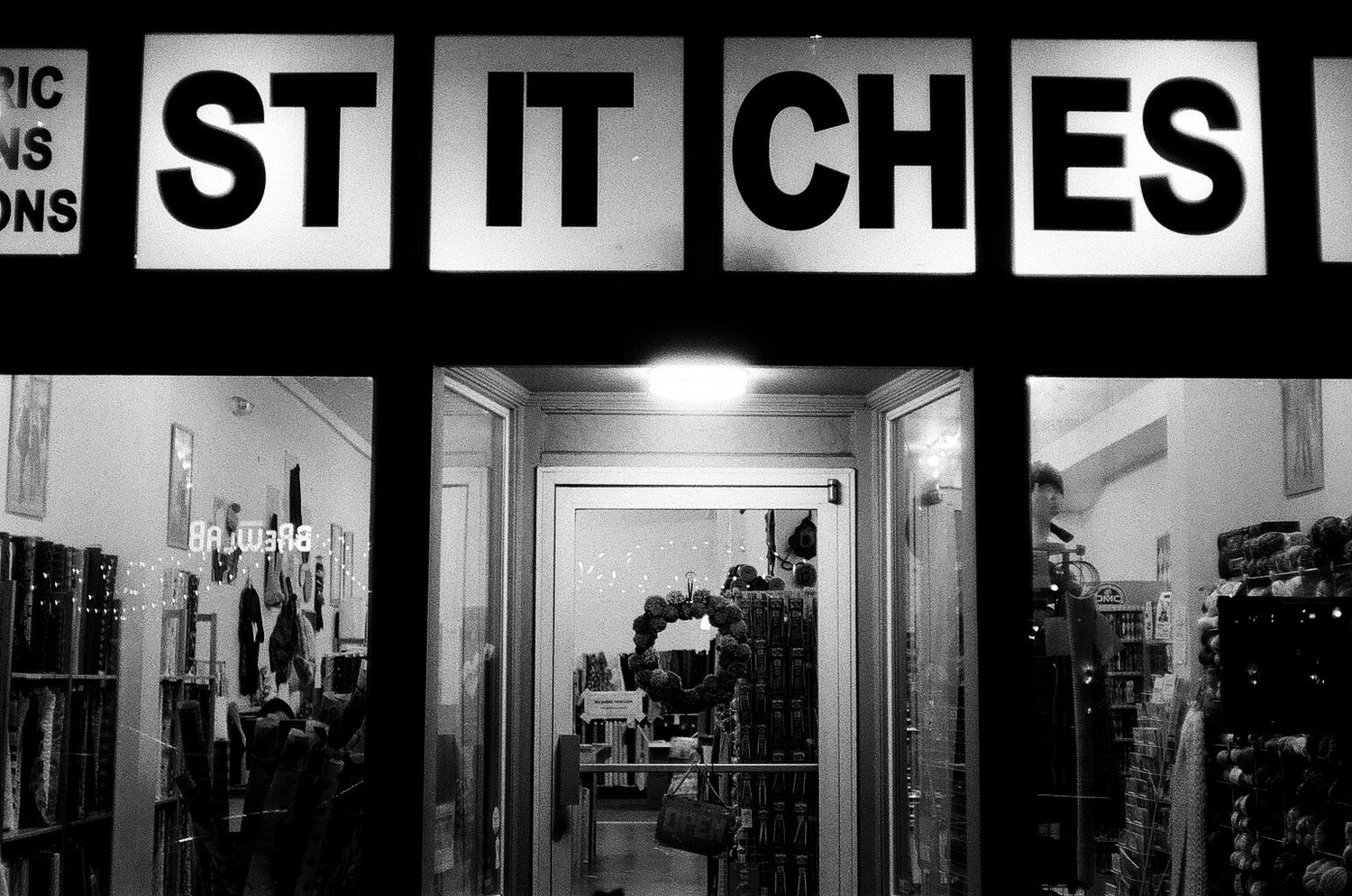
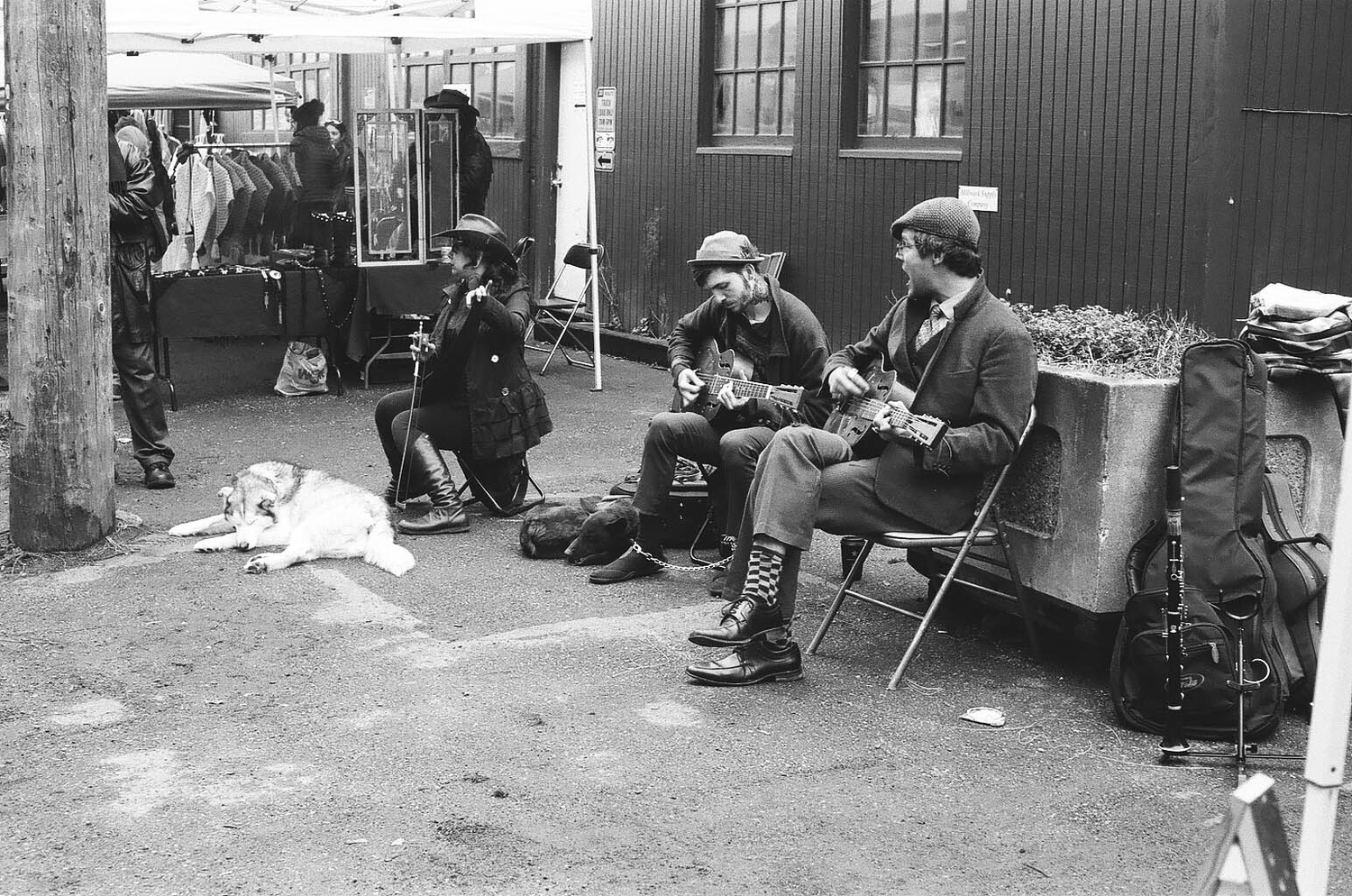
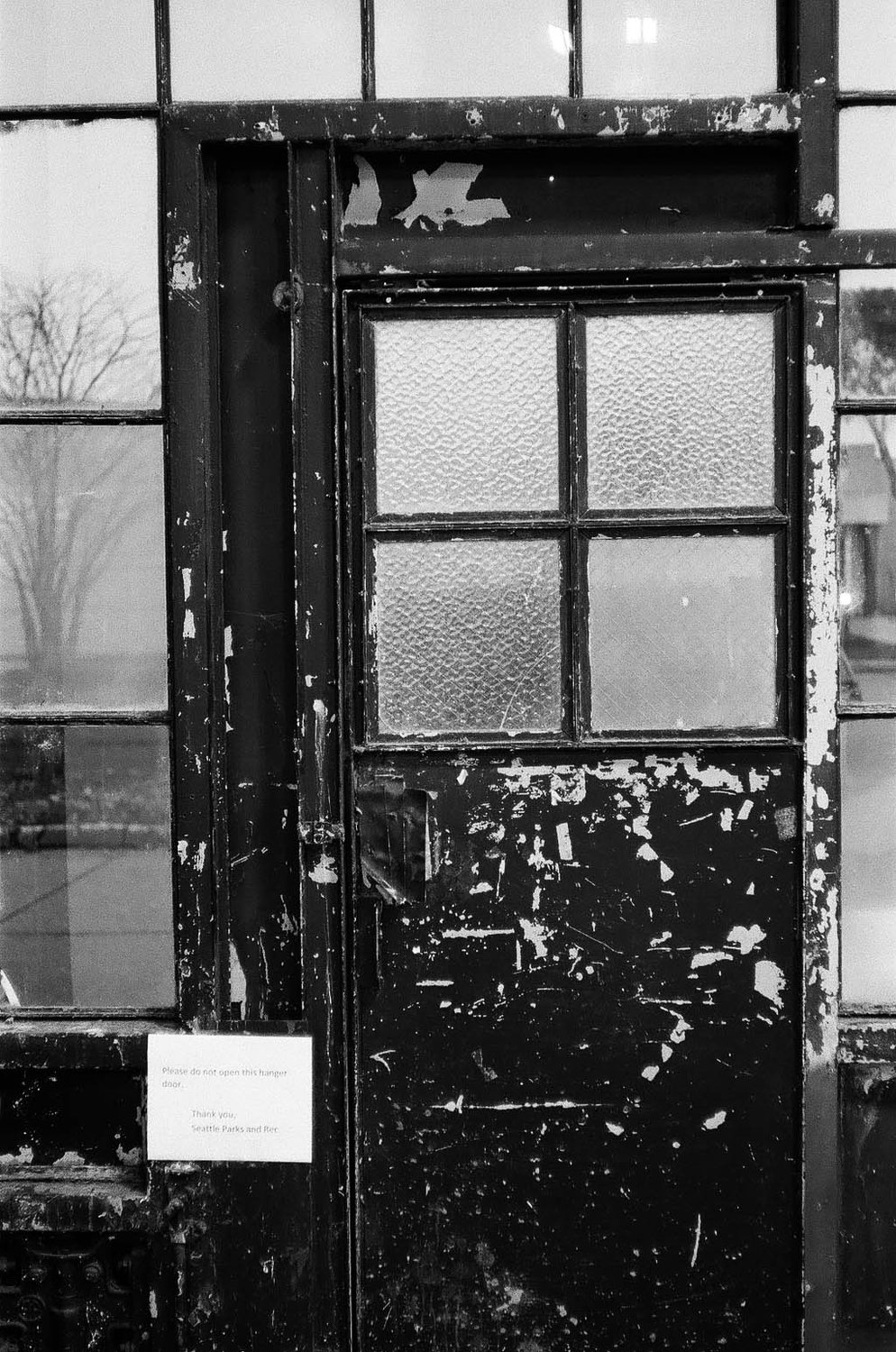
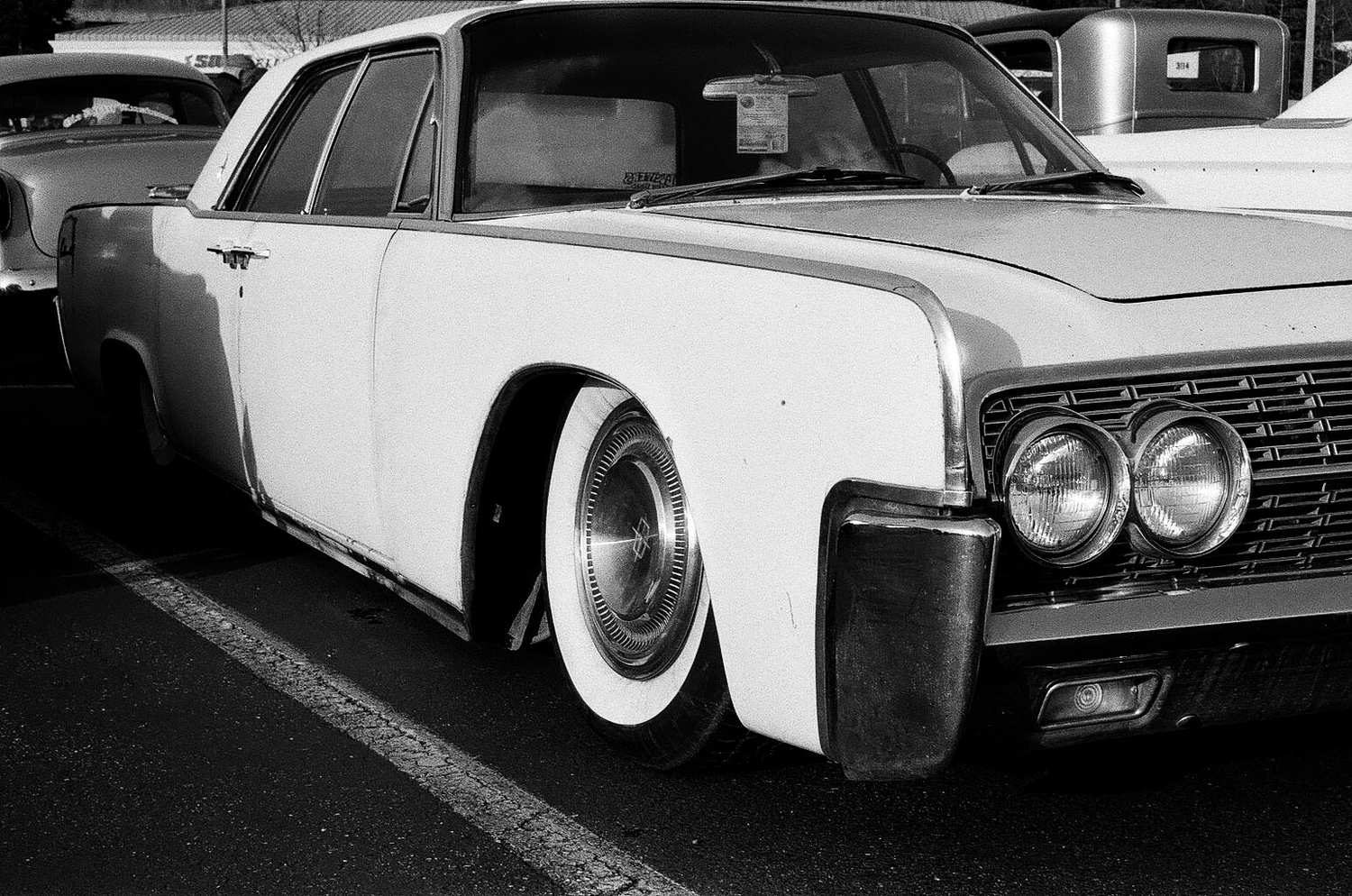
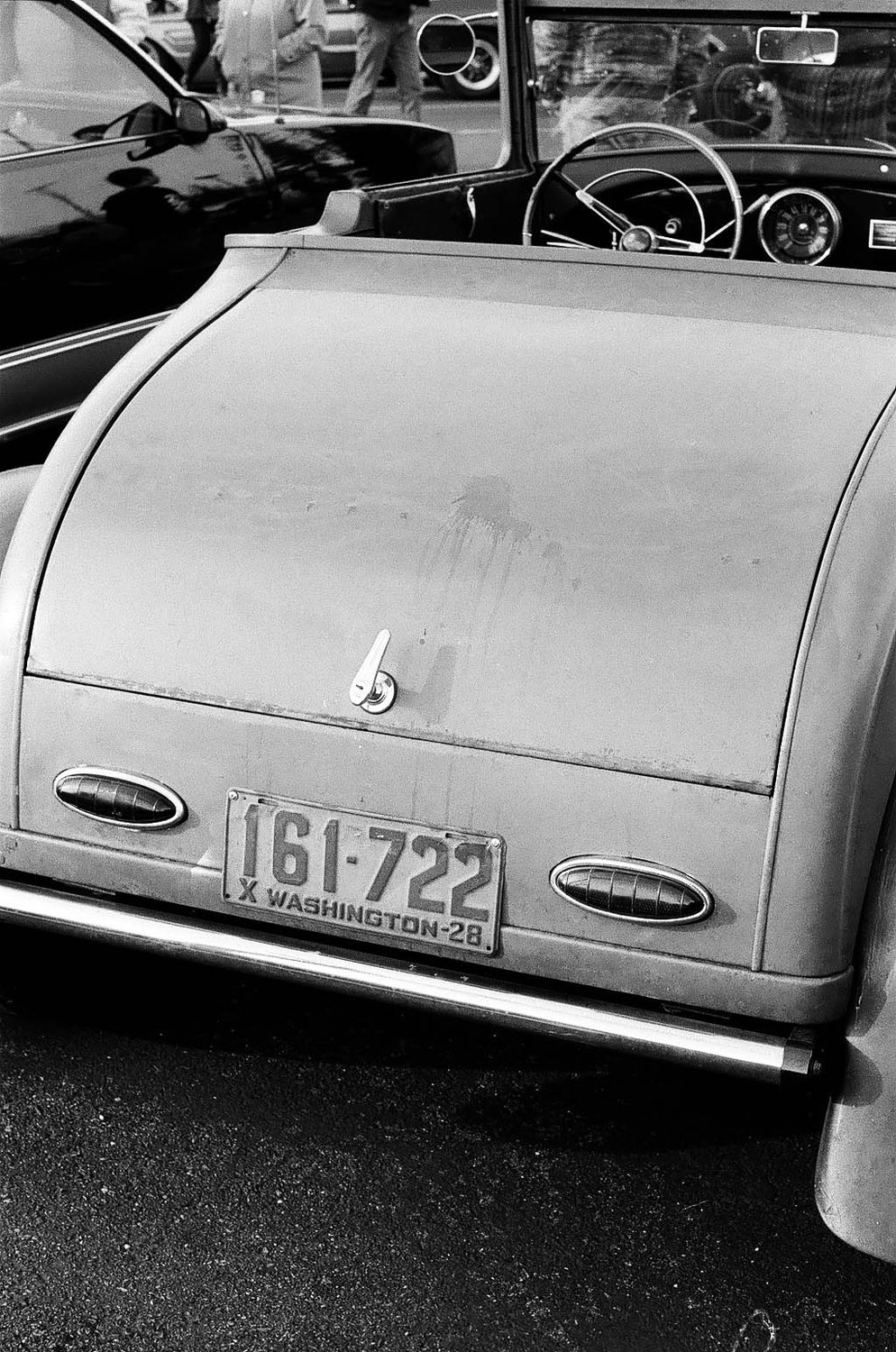
impressive resolution in each image!
I continue to be impressed with the Kodak Ektra. Each lens was coated or multi coated in 1941. Nikon, for example did not make its first single coated lens until 1946 (as documented in my site www.canonrangefinder.org )
The Retina with tri-X film could not be surpassed.
Larry Huffman

Last edited:
huffmalw
Larry Huffman
JPD
Retina and Rollei user
This is what Ivor Matanle said about what I expect was the last model of Retina B:
"Looking very much like a Retina IIIC is this Retina IB (Stuttgart Type 019), introduced in 1957. This has a five-element 50mm f / 2.8 Retina-Xenar lens of very high quality in a Synchro Compur shutter, but no rangefinder. The exposure meter is similar to that in a Retina IIIC."
As a fan of four element Tessar and Xenar lenses I was always curious about this five element lens and Retina 1Bs, but have never bought one.
All Xenar lenses on the Retinas have four elements. The pre-war 2,8/50 Xenon has five elements and is a "Xenar" with an extra element.
cassel
Well-known
I don't run film through this camera very often - but each time I do I am impressed with the ease of use and quality I can get from the lens - some recent work:
@1/15 sec.
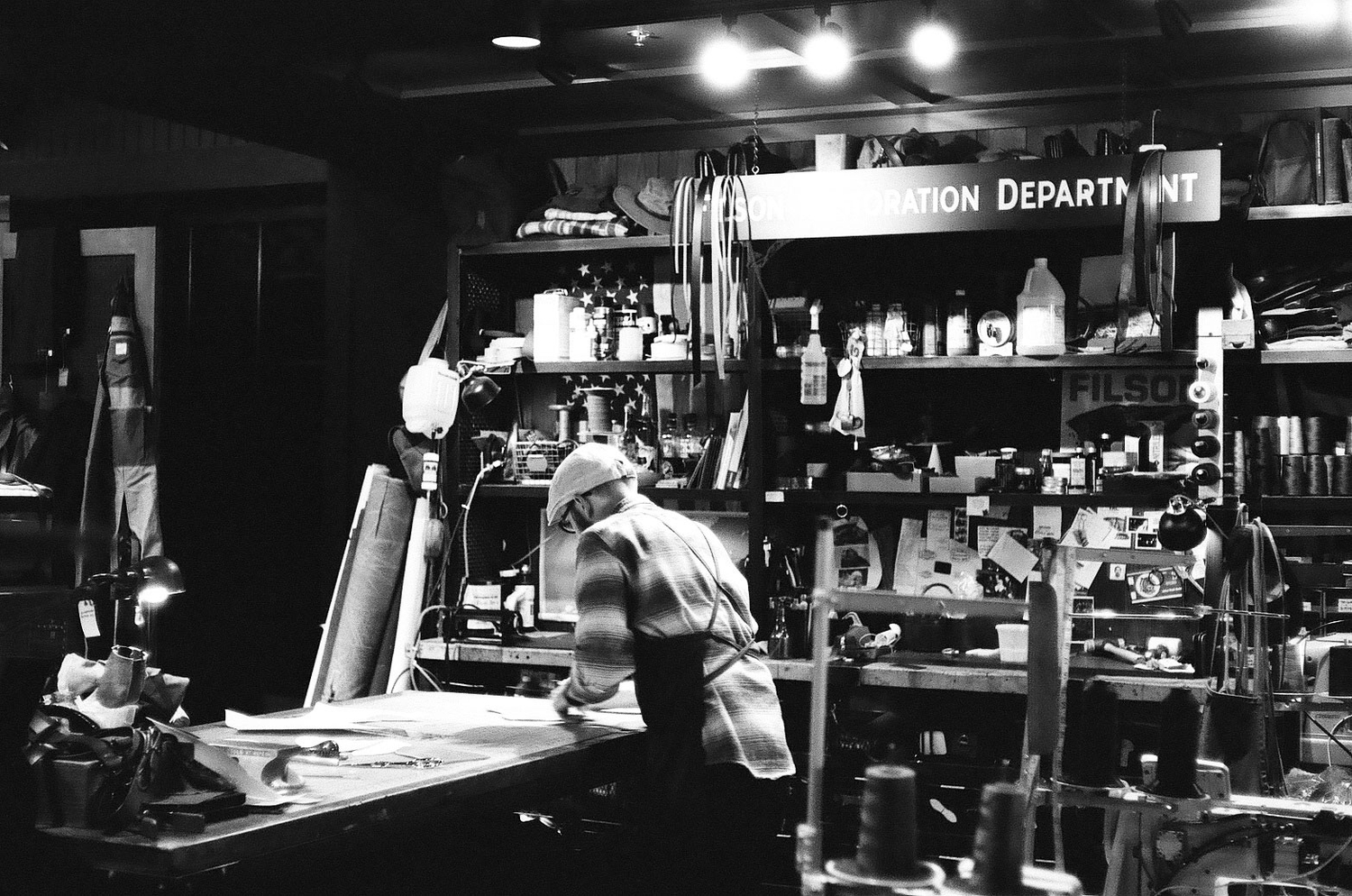

Close focus - Low Light- No RF !

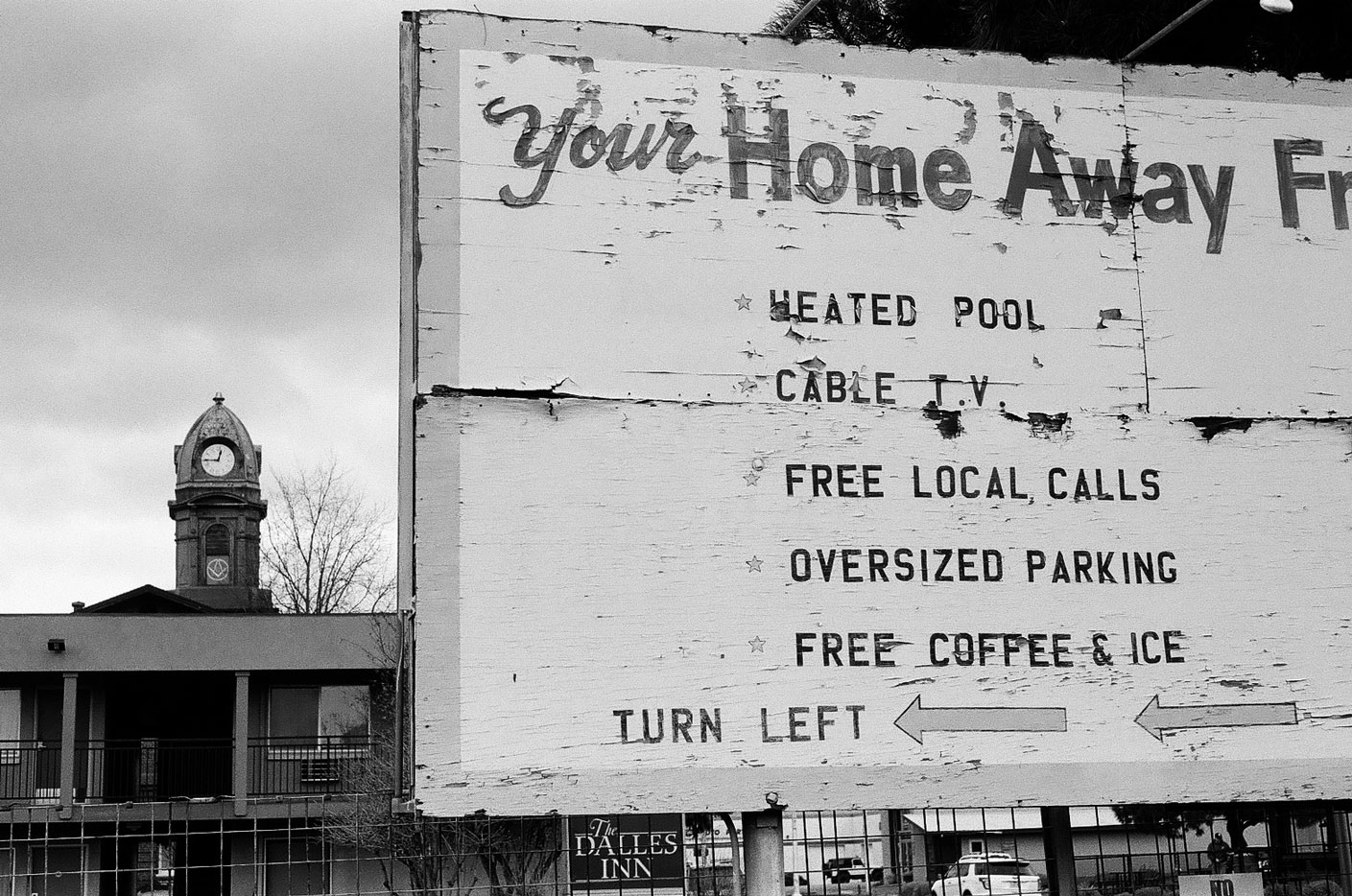
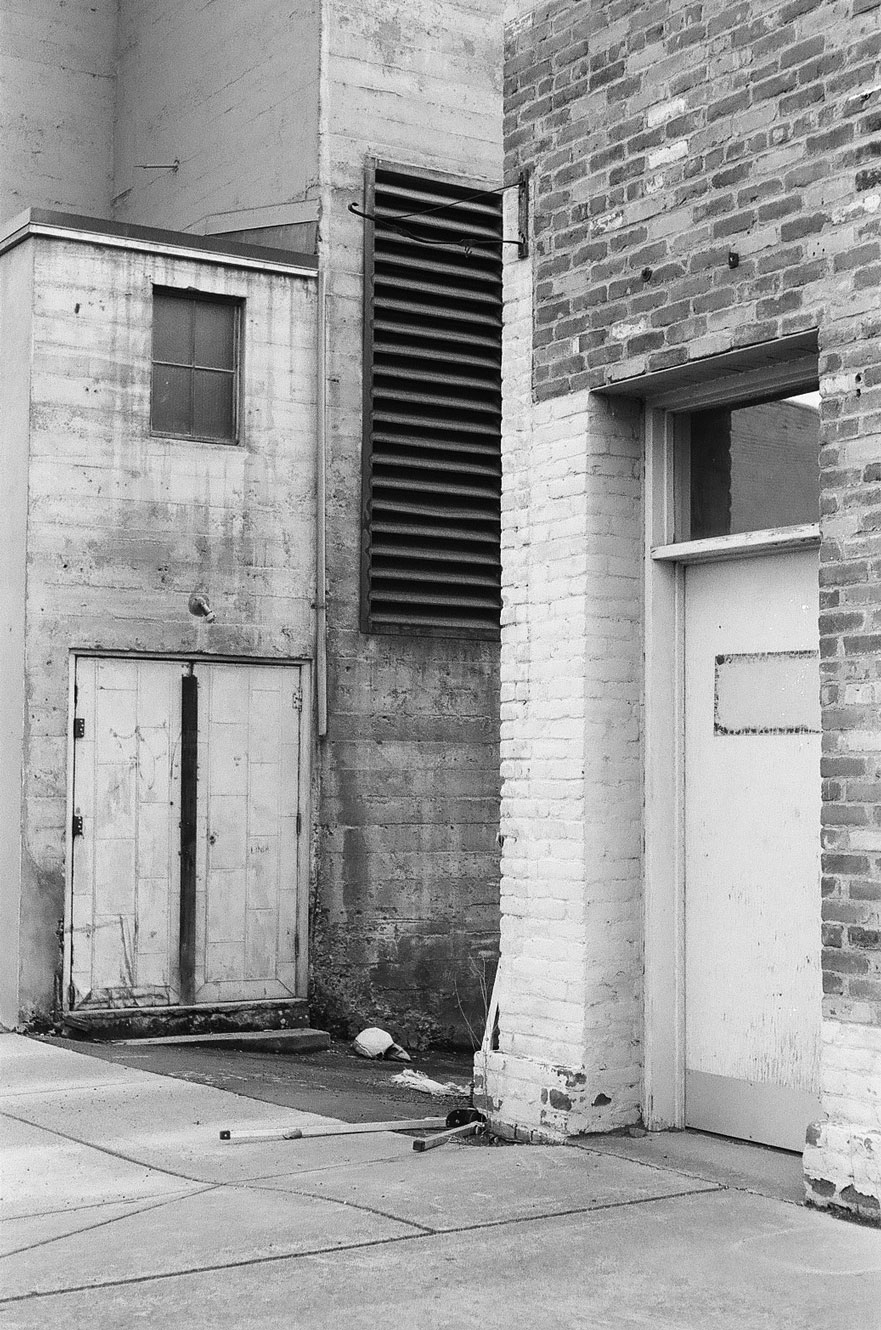
@1/15 sec.


Close focus - Low Light- No RF !



JPD
Retina and Rollei user
The Ib/B are excellent cameras, and the Xenar is contrasty and very sharp indeed. I have two IIc with Xenon and Heligon, but if I plan to only use the normal lens I use the Ib with Xenar. Guesstimating the distance is often quicker than fumbling with the rangefinder.
raydm6
Yay! Cameras! 🙈🙉🙊┌( ಠ_ಠ)┘ [◉"]
Retina IB
These are wonderful photos all! Thanks for sharing.
Love the beauty and simplicity of the 1B, Tri-X, D-76, and talents and eye of the photographer.
I have a recently acquired IIa but have yet to shoot B/W through it. Thank you for the inspiration!
These are wonderful photos all! Thanks for sharing.
Love the beauty and simplicity of the 1B, Tri-X, D-76, and talents and eye of the photographer.
I have a recently acquired IIa but have yet to shoot B/W through it. Thank you for the inspiration!
KoNickon
Nick Merritt
Great pictures here! The Xenar and Xenon lenses on the Retinas are remarkably good performers in relatively underrated cameras.
Moto-Uno
Moto-Uno
Is it necessary to continuously re-post the same pictures ? Would it not be as easy to simply reference the post # and then post one's comment ? Just saying  . Peter
. Peter
KoNickon
Nick Merritt
Easier (lazier; I'm guilty myself) to just click on the "Quote" button....
KoNickon
Nick Merritt
All Xenar lenses on the Retinas have four elements. The pre-war 2,8/50 Xenon has five elements and is a "Xenar" with an extra element.
I was curious about this myself, but indeed the Retina-Xenar on the 1b and 1B are 5-element lenses, apparently. A couple of Retina guides say this, and I've found corroboration from sites online (I know, could be circular citations). I would really like to see a block diagram -- I think the images in this link show a certain quality that makes me think there is indeed an additional lens element. I gather Schneider made the 5-element Xenar for other cameras too (Wirgin for one).
The Xenon is a 6-element lens, I believe.
KoNickon
Nick Merritt
Here is a link to a good article that includes block diagrams of the Tessar, Xenar, 5 element Xenar (aka "Super-Xenar") and Xenon. The 5 element design dates to the 1930s.
https://casualphotophile.com/2020/05/13/schneider-kreuznach-super-xenar-50mm-f-2-8-lens-review/
https://casualphotophile.com/2020/05/13/schneider-kreuznach-super-xenar-50mm-f-2-8-lens-review/
JPD
Retina and Rollei user
I was curious about this myself, but indeed the Retina-Xenar on the 1b and 1B are 5-element lenses, apparently. A couple of Retina guides say this, and I've found corroboration from sites online (I know, could be circular citations). I would really like to see a block diagram -- I think the images in this link show a certain quality that makes me think there is indeed an additional lens element. I gather Schneider made the 5-element Xenar for other cameras too (Wirgin for one).
The Xenon is a 6-element lens, I believe.
No, the 2,8/50 Xenar on the Ib and IB are four element. One rather thick single front element, a double-concave element and a doublet in the back.
The Pre-war 2,8/50 Xenon has three single elements in the front and a doublet in the back per S-Xenar construction.
The 2/50 Xenon and the post-war 2,8/50 Xenon are all six element.
The 3,5/50 Xenar and Ektar are all four element.
I'm not sure about the 2,8/50 Xenar in the article you posted, and I wish they had taken it apart and shown if it really has three elements in the front. There is a lot of confusion because before the war the Xenar often wasn't faster than 2,9, and then in the late 1930's you can find both four and five element 2,8 Xenars (not marked S-Xenar). The 2,8/50 Xenon was then a five element S-Xenar but called "Xenon" for marketing reasons, because it was indeed an improvement over the normal Xenar.
The post-war 2,8/50 Xenon on the IIc/IIC is of course a six element lens. It's of the same construction as the 2/50 Xenon on the IIIc/IIIC, and they had to be so they would accept the wide and tele front groups. But the pre-war 2,8/50 and 2/50 lenses were completely different.
JPD
Retina and Rollei user
I have taken these lenses apart for cleaning the individual elements, and the only S-Xenars are the pre-war 2,8/50 Xenons on the Retina II 142, 122 and Retina IIa 150 models.
The difference from the post-war 2,8/50 Xenar is that the S-Xenar/Xenon is a little sharper at the large apertures. At smaller apertures they are pretty much equal in sharpness. The post-war Xenars are coated and thus give better contrast and are less prone to flare.
The pre-war Retina II or IIa (type 150) with the 2,8/50 Xenon (S-Xenar) can be fun to use with slow black and white film, so you have use for the larger apertures and can enjoy the improvements over the normal Xenar. But for colour the better contrast of the post-war coated Xenars is more rewarding.
The difference from the post-war 2,8/50 Xenar is that the S-Xenar/Xenon is a little sharper at the large apertures. At smaller apertures they are pretty much equal in sharpness. The post-war Xenars are coated and thus give better contrast and are less prone to flare.
The pre-war Retina II or IIa (type 150) with the 2,8/50 Xenon (S-Xenar) can be fun to use with slow black and white film, so you have use for the larger apertures and can enjoy the improvements over the normal Xenar. But for colour the better contrast of the post-war coated Xenars is more rewarding.
KoNickon
Nick Merritt
Thanks for the clarification! So as I noted, a couple of Retina guides I own have the information wrong about the Xenars on the 1b and 1B -- they clearly refer to five elements.
Share:
-
This site uses cookies to help personalise content, tailor your experience and to keep you logged in if you register.
By continuing to use this site, you are consenting to our use of cookies.


